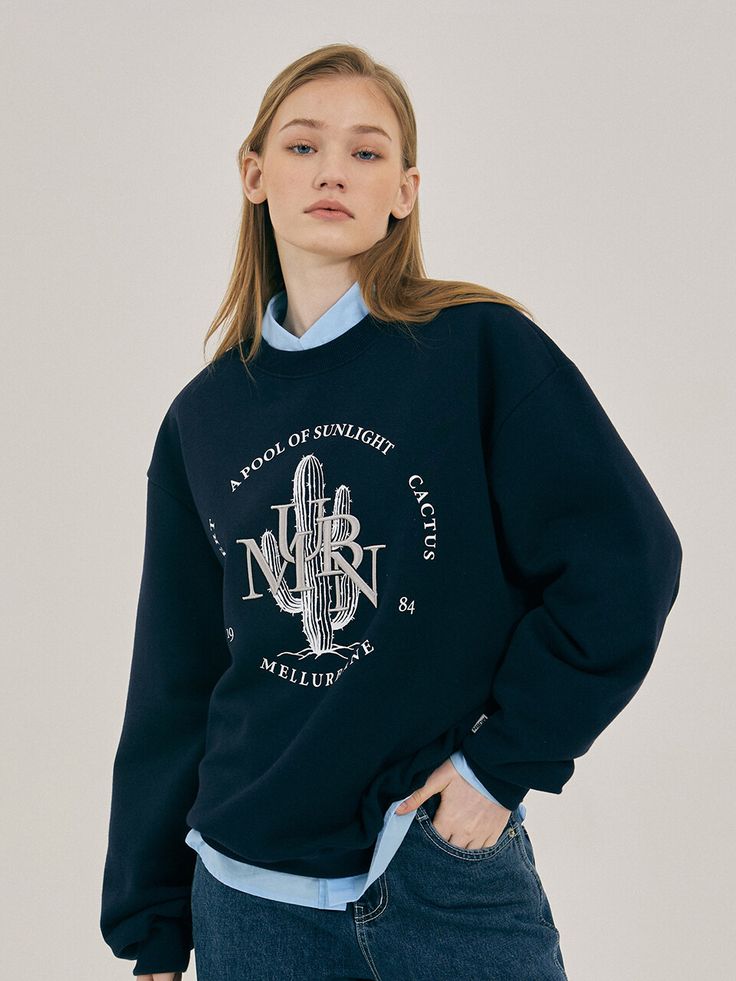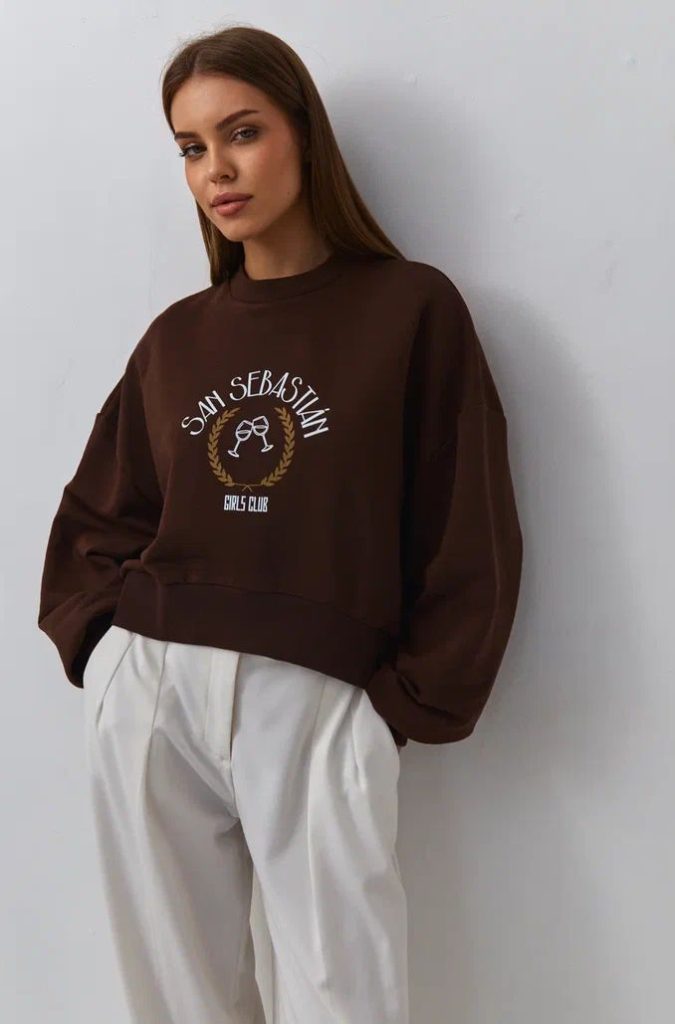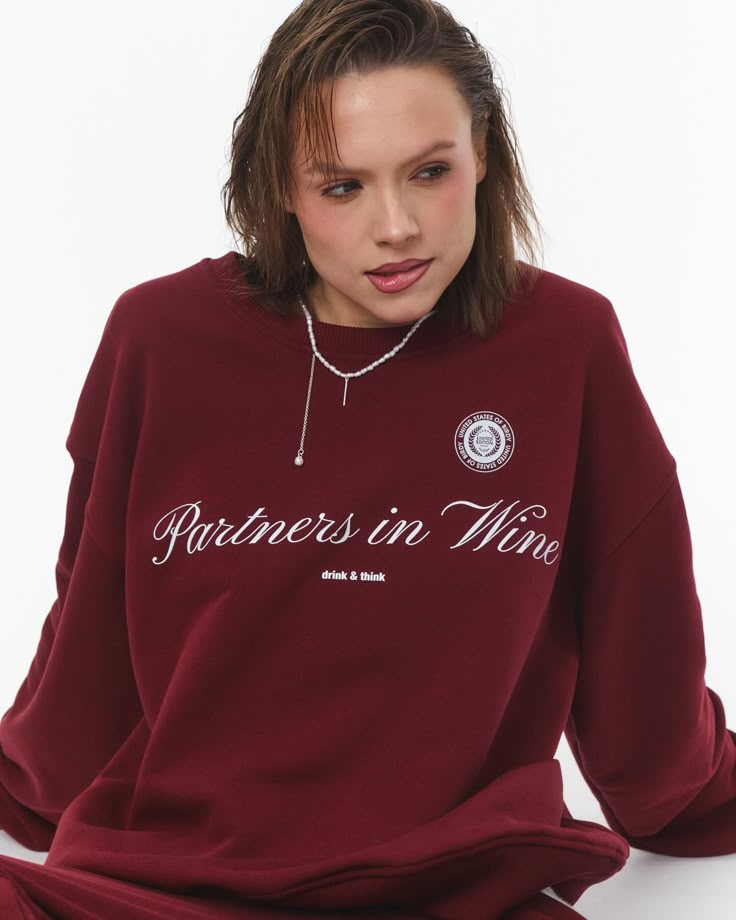Introduction
In 2025, fashion is no longer just a visual language—it is a form of activism, self-awareness, and responsibility. Today’s youth are not simply dressing to impress; they’re dressing to express values, question norms, and take ethical stands. “Wear to Care” explores how clothing has transformed into a medium for social commentary, ecological consciousness, and intentional living. The youth movement toward mindful styling is reshaping not only what we wear, but why we wear it.
Fashion as a Reflection of Values
Younger generations are turning to fashion as a platform for speaking truth and signaling belief systems. Outfits now communicate priorities—whether that’s environmental justice, inclusivity, gender equality, or anti-consumerism. What was once considered political messaging is now seamlessly integrated into daily dress. Graphic tees with purpose, slow-fashion brands, and hand-crafted accessories are chosen not for trend alone but as ethical affirmations.
The Rise of Conscious Consumerism
Fast fashion’s dominance is being challenged by a growing demand for transparency and ethical sourcing. Youth in 2025 are asking more of brands—Where were these clothes made? Who made them? What materials were used? This culture of questioning has elevated eco-certified labels, circular fashion models, and brands that disclose production processes. Conscious consumerism means investing in quality, longevity, and impact—not fleeting trends.
Secondhand and the New Prestige
Thrifting is no longer just an economical choice—it is a mark of intention. Young people embrace vintage pieces and secondhand treasures as symbols of sustainable sophistication. Rewearing and reimagining pre-loved fashion has become a cultural status of care. Not only does it reduce waste, but it also resists the cycle of overconsumption. Outfits sourced from thrift shops, swap meets, or family closets now hold more prestige than newly bought, mass-produced alternatives.
Small Brands, Big Impact
Youth are increasingly supporting independent designers and ethical startups over mega-labels. These smaller fashion houses often emphasize fair wages, local production, and handcrafted quality. Supporting them means sustaining artistry, community, and innovation. These choices empower young shoppers to be patrons of change, aligning their aesthetics with their ideals. In doing so, fashion becomes an ecosystem of mutual growth.
Upcycling and Creative Renewal
Upcycling is not just a craft trend—it’s a statement of care and creativity. Youth-led fashion collectives and DIY designers are transforming discarded garments into original, wearable art. Patchwork jackets, restructured dresses, and painted jeans express both style and stewardship. These pieces are worn proudly as markers of resilience, imagination, and refusal to discard what still has life.
Clothing as Conversation Starter
Fashion in 2025 isn’t silent—it sparks dialogue. An ethically sourced tote bag might prompt discussions about supply chains. A gender-fluid outfit could invite questions about identity. By wearing clothing that embodies meaning, youth create opportunities for education and engagement. Each piece becomes a vehicle for opening minds and bridging differences through shared inquiry.
Slow Fashion as Personal Philosophy
The slow fashion movement has grown into a lifestyle. Young individuals are curating wardrobes based on need, durability, and personal resonance. Capsule closets, seasonless pieces, and modular styling encourage intentional living. This shift from impulse to awareness reflects deeper changes in mindset—one where self-worth is no longer tied to consumption, but to consciousness.
Cultural Integrity and Fashion Ethics
Respect for cultural origins and authenticity is integral to the ethical styling of today’s youth. Rather than appropriate, they seek to honor and uplift traditions through informed choices. Whether it’s wearing indigenous prints with context or supporting minority-owned labels, youth understand that style carries responsibility. Cultural sensitivity is not optional—it’s essential.
Emotional Sustainability
Sustainability isn’t only environmental—it’s emotional. Youth are investing in clothes that feel good to wear, offer security, and create memories. Sentimental garments, heirlooms, or clothes gifted with love hold emotional value. This form of sustainability deepens the connection between wearer and wardrobe, fostering long-term loyalty and reducing throwaway culture.
Conclusion
Wear to Care is more than a slogan—it’s a movement. In 2025, fashion is infused with ethics, shaped by intention, and driven by the passionate pursuit of a better world. Through conscious styling, young people are proving that what you wear can indeed make a difference. They are not just getting dressed—they are getting involved. In every stitch, there is meaning. In every garment, there is purpose.



